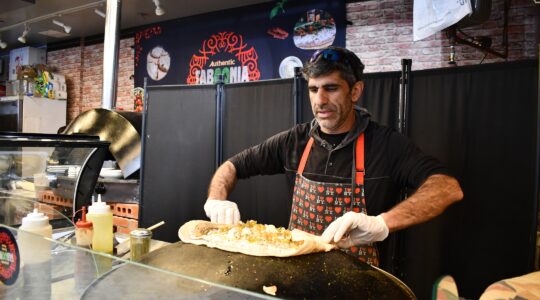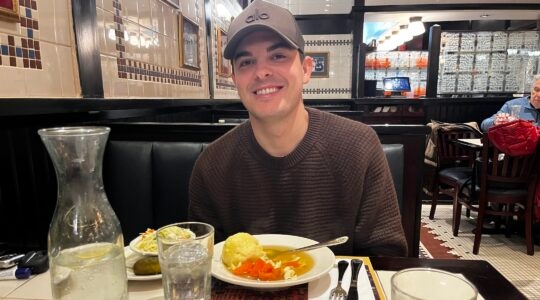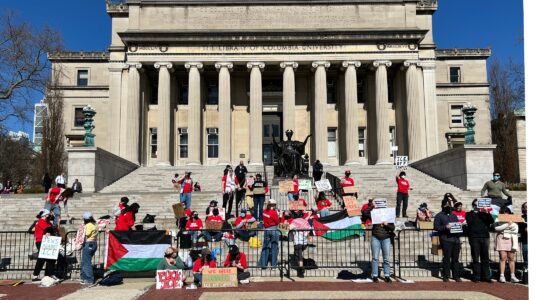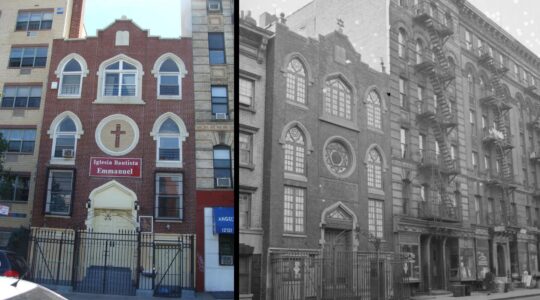One of my favorite Instagram follows of this summer was that of Connecticut Sen. Chris Murphy, who documented his annual walk across the state with images of stone-walled pastures, shimmering ponds, white church steeples and rusted railroad bridges.
It is a landscape I know well. Every summer, I drive from New York to Cape Cod for a family vacation, following back roads through eastern Connecticut and Rhode Island to avoid traffic on I-95. My father took the same route when we were little, so I have been marveling at the quiet, timeless rural scenery between Hartford and Providence for decades.
As Sen. Murphy’s pictures show, very little of it has changed. But the lost-in-time feel of eastern Connecticut is very different from the studiously conserved rusticity of popular destinations like Martha’s Vineyard or Kennebunkport. Largely ignored by weekenders in favor of points south (the coast) or northwest (the Berkshires, the Litchfield Hills), Connecticut’s so-called Quiet Corner is rustic in a more organic way.
Woodsy and rolling, much of this landscape looked as it must have a half-century or even a century ago. There are white clapboard houses, thick green forests, railroad crossings and the occasional abandoned brick factory. Diners and dairy bars retain the original signage from their midcentury heydays.
My father’s favorite landmark is three giant neon letters at the junction of Route 101, the Hartford Pike: “EAT” The sign marks Zip’s Diner, a fixture (and my dad’s coffee fix) for decades in the suburbanizing center of Dayville.
Nearly every intersection boasts a mom-and-pop pizzeria, a legacy of the Italian immigrants who populated lower New England (Johnston, just west of Providence on Route 6, boasts of having the largest Italian-origin population in the U.S.).
If you associate Italians with the region’s bigger cities, you may also be surprised to learn, as I did recently, about the region’s significant Jewish heritage. An author I know told me recently about how those distinctive farming communities inspired her to write about, as she put it, “Jews who are not from New York.”
Like its homonymous New York borough, Brooklyn, Connecticut, has a Jewish presence that dates back many generations — but the resemblance ends there. Roughly 160 miles to the east, Brooklyn is one of the many tiny farming towns where Ashkenazic Jews settled around the turn of the 20th century, followed by a wave of Holocaust refugees after the war.
I had driven through neighboring Danielson dozens of times without realizing that it is home to Temple Beth Israel, a pretty stone building listed on the National Register of Historic Places. The Boston architect William Riseman, whose family was from Connecticut’s Brooklyn, donated his services in the 1950s to create this rare example of Modernist synagogue architecture in New England. (Beth Israel is now a cultural center; many families worship at nearby Congregation B’nai Shalom in Putnam.)
Back to the route itself, which I guarantee will never be bumper-to-bumper: Heading west from Providence, Route 6 leaves down-at-heels Johnston behind for some of New England’s prettiest countryside. You’ll pass through the forests of Snake Den State Park, alongside the shimmering Oak Swamp Reservoir and by several more ponds with Indian names before taking the cutoff for 101.
Hazy green hills are visible for miles from Jerimoth Hill in Foster, the highest point in Rhode Island at 811 feet. After that, the route crosses into Connecticut and you come to Killingly, the town that encompasses Danielson and Dayville.
Route 101 gives way to Route 44, and eventually Route 74, which you can follow to I-84 West or to other south-heading byways. This is the farm country that greeted Russian-Jewish shtetl folk a century ago, and where you can still pull over for corn, apples and cider.
Many of the buildings, like the Pomfret Town House, a meeting house now overseen by the Pomfret Historical Society, and the Ashford Academy, a vintage school building, date from the early 1800s.
In Abington, the sixth-generation We-Li-Kit Farm is known for homemade ice cream and locally tapped maple syrup. Farther west in Ellington, Congregation Knesset Israel takes pride in its founders’ Yiddish-speaking farming roots, as well as its long status as the state’s single Orthodox shul and cemetery east of Hartford.
The only traffic I’ve ever encountered here is the occasional dump truck, which can slow you down on these single-lane roads. But it’s an opportunity to observe landmarks like the aptly named River and Rail Café, the erstwhile Track 9 Diner. On a picturesque bend in the Tolland Pike, the diner’s sign greets motorists with the same slogan I remember from childhood: “Eat Here Or We’ll Both Starve!”
The New York Jewish Week brings you the stories behind the headlines, keeping you connected to Jewish life in New York. Help sustain the reporting you trust by donating today.




